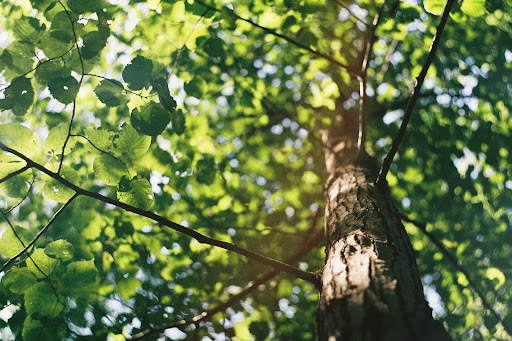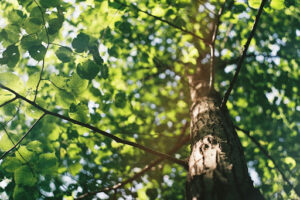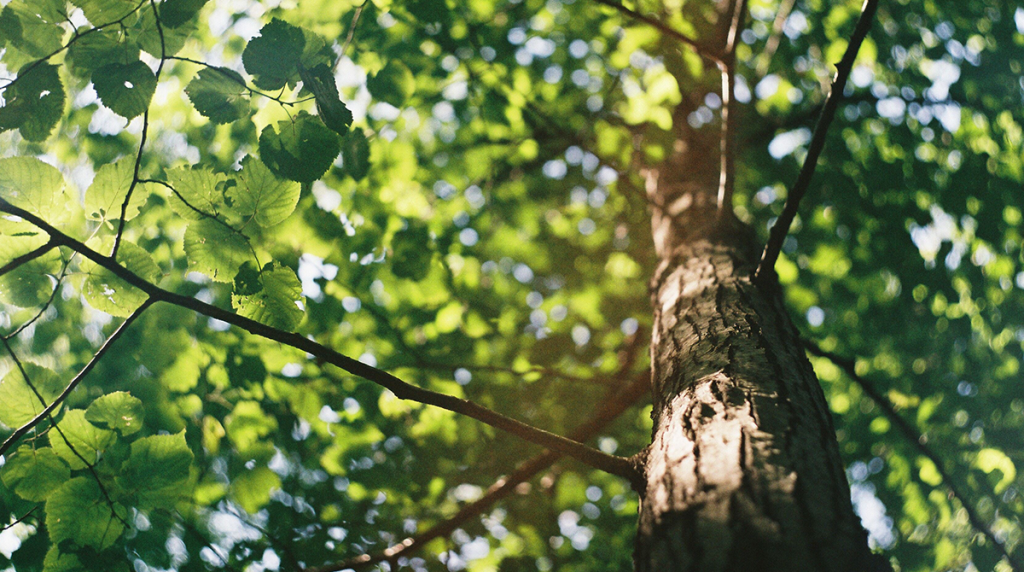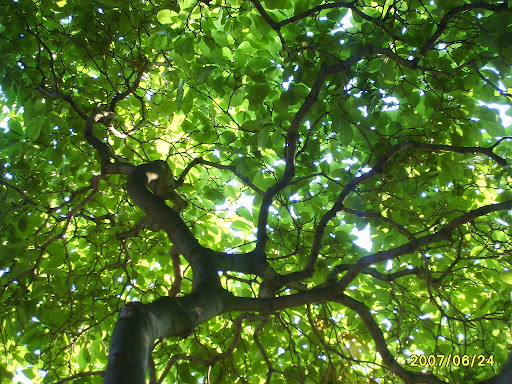
Date January 08, 2024
One of the best ways to provide safe and bountiful habitats for wildlife is to plant more trees strategically around the region. Planting trees and consistently maintaining their canopy and root health creates more places for wildlife to nest safely. For now, let’s take a closer look at the benefits of creating wildlife habitats with trees in Flower Mound, including beautifying a space and providing shelter and food to its inhabitants.
Creating Habitats With Living Trees

Image via Unsplash by David Vig
One of the greatest environmental benefits of planting trees around the city is to provide habitats and food sources for wildlife in the area. Animals like birds, squirrels, and chipmunks use new, sturdy trees as shelter, as they’re perfect for building nests and burrows. Animals that hunt for prey, such as some species of birds, also appreciate new trees since they offer great hiding places where they can perch and wait for their next meal.
If cities plant fruiting trees, the wildlife can also eat the flowers and fruits the trees produce, giving them easy access to food. However, it’s important to stay on top of tree maintenance for new trees to ensure wildlife doesn’t strip them completely bare before they get the chance to develop fully.
Providing Shelter With Snags
Strategically planting trees also creates the opportunity to provide snags for wildlife to live in. Snags are dead trees that are still standing upright. They often develop holes throughout their trunks, which animals use for shelter and habitats, especially to raise and feed their young. Some animals also use snags for food storage, allowing them to build up a reserve of food they can use during the winter months. As well as providing extra shelter for native wildlife, the rich habitat that snags offer can also attract species from other areas, adding even more beauty and wonder to the area.
Enhancing Fertilization With Decaying Trees
Planting new trees also means that more trees will die and decay over time, which is a great sign for wildlife looking for habitats. Decaying trees contribute to several ecosystem processes, such as boosting the nutrients in the soil as the tree breaks down, which enhances soil structure and creates more nutrients for young, growing trees. Similarly, decaying trees often attract and produce fungi, which provide nutrition for animals and bugs. Dead trees that have fallen and decayed slightly create reservoirs where animals and insects can find fresh water, which is exceptionally helpful during droughts.
How TreeNewal Can Help
These are just a few of the ways that strategic tree planting can help to create sustainable habitats for wildlife in the area. By taking the time to establish wildlife habitats in Flower Mound, the city will ensure it stays lush and green, with plenty of birds and animals. Such a volume of trees requires regular maintenance, which is where TreeNewal can help. We offer an array of tree care services, including trimming and removal, aeration, nutrition, and fertilization. Contact us today to learn more about how TreeNewal can contribute to the wildlife habitats in Flower Mound.









